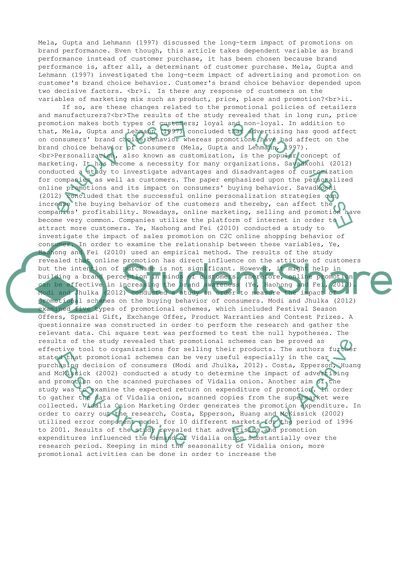Cite this document
(“How does the promotion strategy effect the customer purchase Literature review”, n.d.)
How does the promotion strategy effect the customer purchase Literature review. Retrieved from https://studentshare.org/business/1464574-how-does-the-promotion-strategy-effect-the
How does the promotion strategy effect the customer purchase Literature review. Retrieved from https://studentshare.org/business/1464574-how-does-the-promotion-strategy-effect-the
(How Does the Promotion Strategy Effect the Customer Purchase Literature Review)
How Does the Promotion Strategy Effect the Customer Purchase Literature Review. https://studentshare.org/business/1464574-how-does-the-promotion-strategy-effect-the.
How Does the Promotion Strategy Effect the Customer Purchase Literature Review. https://studentshare.org/business/1464574-how-does-the-promotion-strategy-effect-the.
“How Does the Promotion Strategy Effect the Customer Purchase Literature Review”, n.d. https://studentshare.org/business/1464574-how-does-the-promotion-strategy-effect-the.


